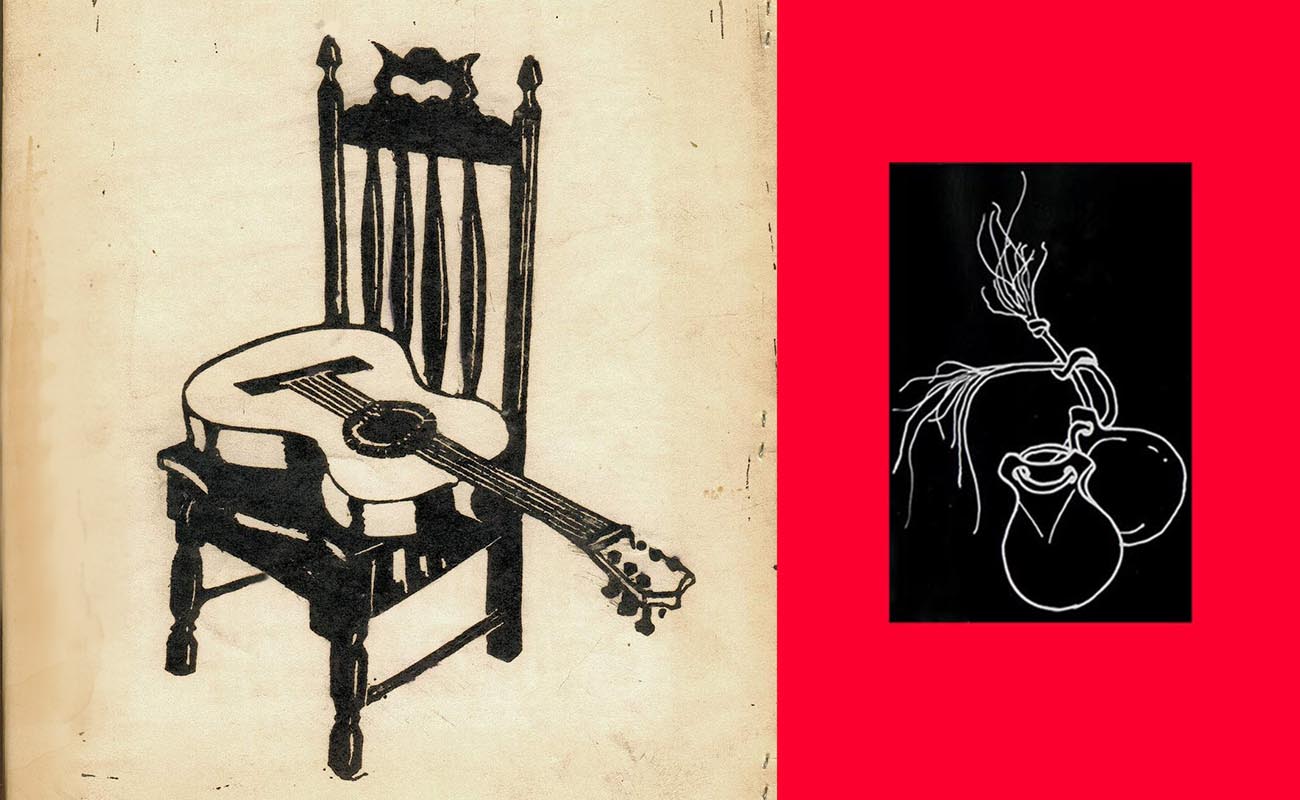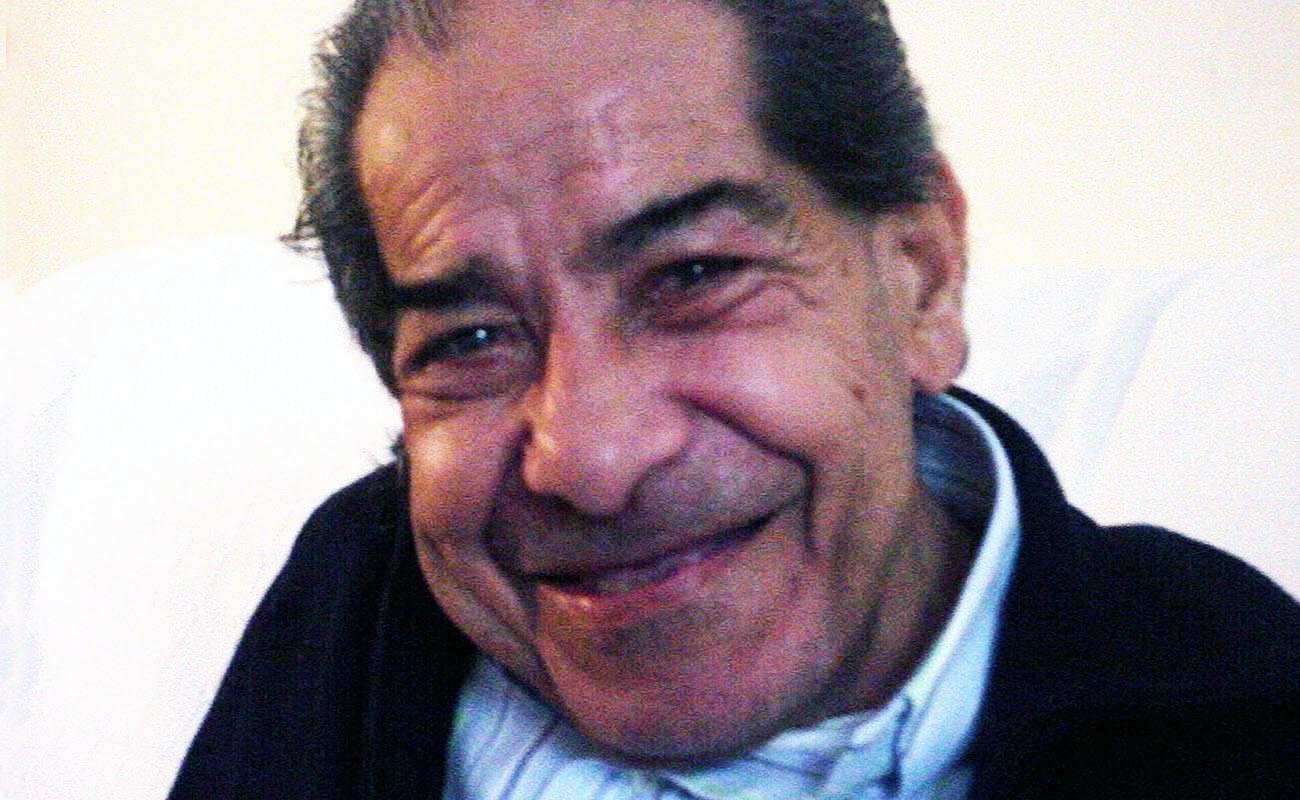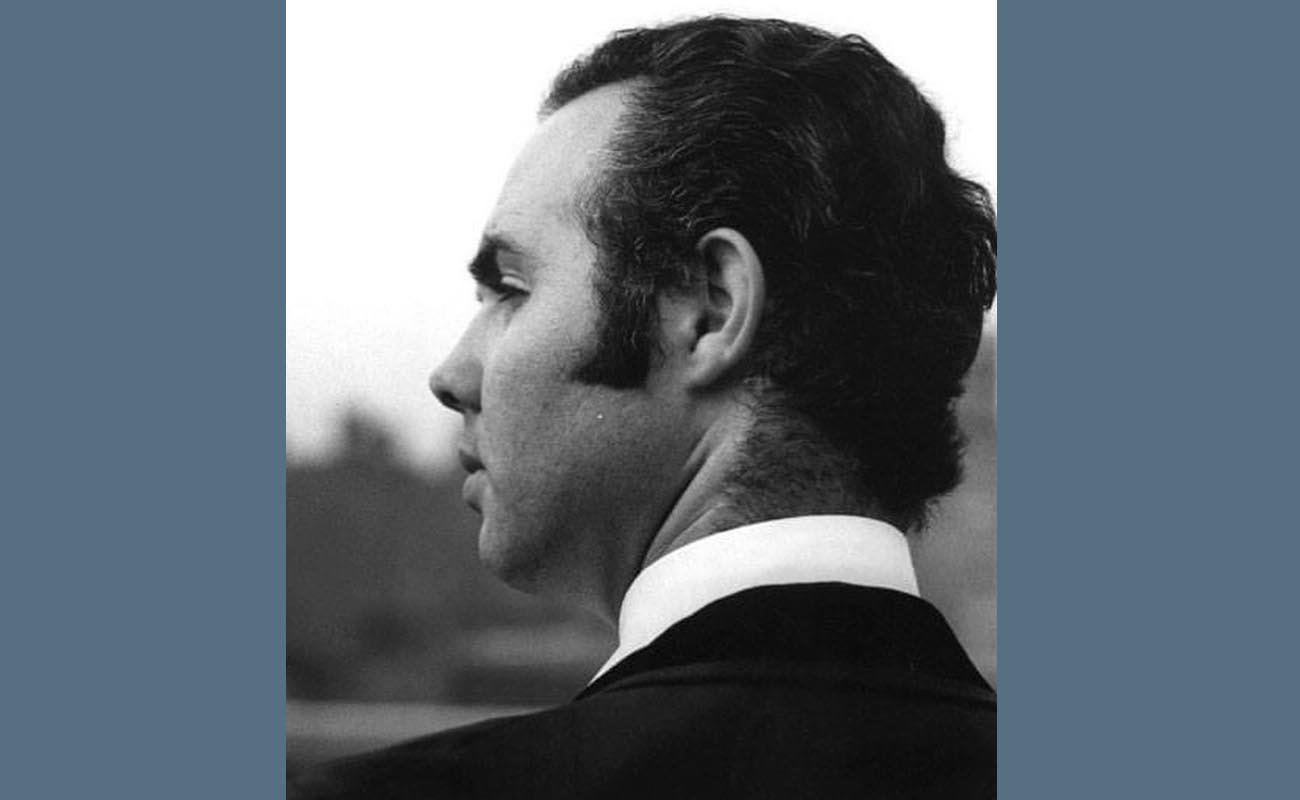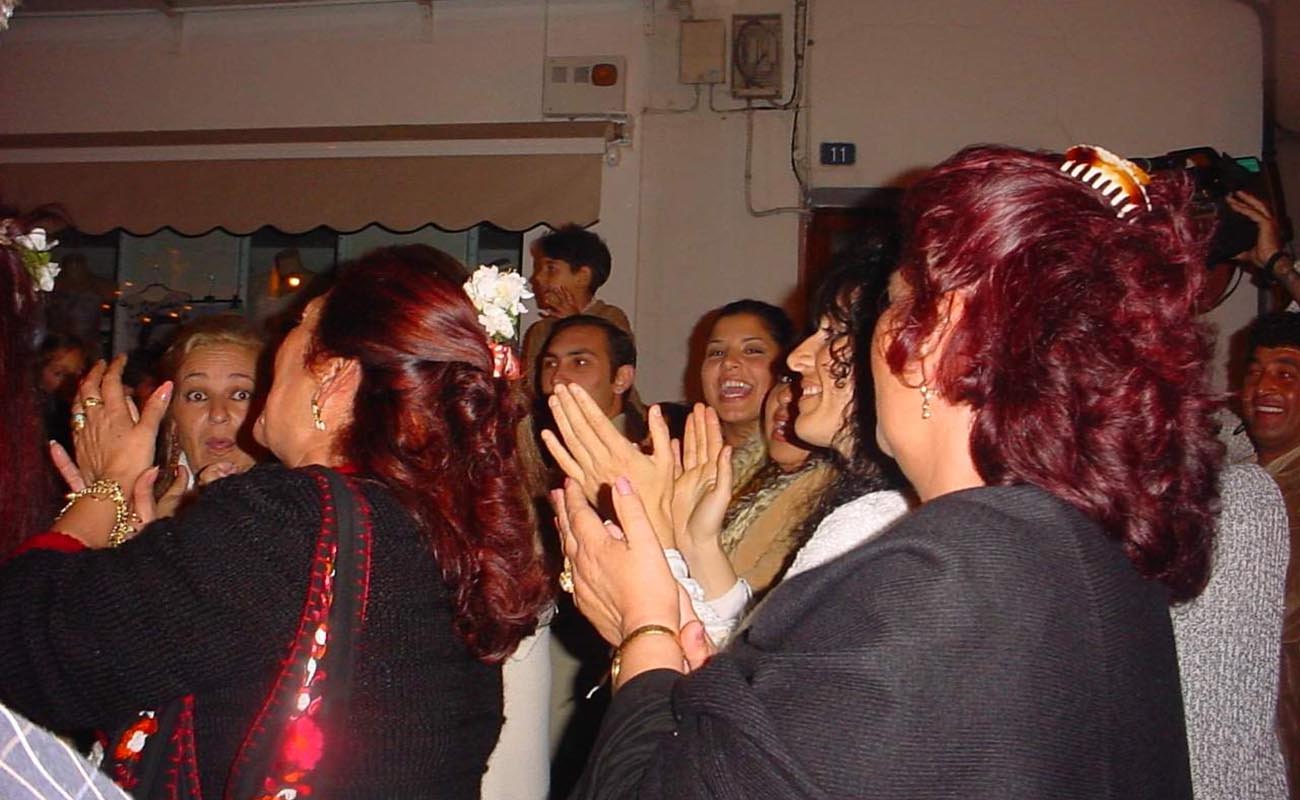Flamenco musings, 2021
The compás keeps on ticking as our intangible cultural heritage continues to provide identity, emotion and a place to shelter from invisible enemies.

As the year 2021 stumbles towards its extinction, still striving to fight off evolving strains of the invisible enemy virus and its extended family, it seems like a good moment to reflect on the evolution of flamenco. It’s easy to think of any kind of evolutionary process as a unidirectional force that moves us along from past to future in a way that represents improvement: that which went before is perceived as being of inferior quality to that which is happening now, and is soon to come in the near future. However, the reality is messier than that, and newer is not always better.
Fifty years ago, Paco de Lucía put us all on the fast track towards a bold new universe of flamenco that had always been there, just waiting for a visionary to crack open the piñata of lush harmony and crisp technique which, like the 4-minute mile, only needed the right individual to make it happen. Now, an entire generation of young guitarists effortlessly traipse up and down the neck of the instrument, surprising us with new audio landscapes, squeaky-clean technique and of course speed.
There was a time when Camarón was the enfant terrible who revised the existing body of flamenco, retouching its innermost identity. In 2021, though still an admired cult figure, his bending notes, nonayno choruses and certainly the characteristic delivery that served him so well, have been way overused by too many followers – or should we call them “impersonators”? – and let’s face it, the sound has become dated.
Antonio Santaella, dancer, choreographer and dance teacher from Granada, explains to his students that flamenco, like water, has a specific molecular structure. If water is H2O, flamenco has its own set of identifying elements, the famous “canons”, (a stuffy word that’s a little too easy to ridicule). Water can take the form of ice or steam, but the molecular composition is not altered. If we adhere to the fundamental forms of flamenco as a recipe that cannot be modified, it then becomes possible to explore the surprising possibilities of this genre, without losing the plot. The moment an interpreter claims absolute unlimited freedom, he or she becomes a small fish in a very big sea, exposed to competition from the entire universe of music.
“There is no progress in art, any more than there is progress in making love. There are simply different ways of doing it”. That astute statement by visual artist Man Ray was not in reference to flamenco, but is certainly appropriate. The belief that innovation in flamenco, is, by definition and default, an improvement on what went before, is naïve and wrong-headed. The popular singer Rosalía expanded the parameters of flamenco, and won over thousands of fans, many of whom had no previous interest in flamenco, and may or may not graduate to Tomás Pavón, but in the opinion of many experts, our beloved genre was not enhanced by her input. This makes me recall another clever statement, this time by the much-admired North American flamencologist Brook Zern who once wrote that “flamenco is an acquired taste that few people want to acquire”. (Zern’s sense of humor is greatly missed).
As the bottom line comes into focus, it can be said that flamenco, so far, has withstood the slings and arrows of an outrageous virus that took us all by surprise. Many festivals and other flamenco venues have managed to survive or linger on thanks to digital tools such as Zoom, while others have disappeared forever. Interpreters struggle to remain buoyant without needing to seek “real” employment (that was a joke), and young people may think twice before devoting their lives to flamenco performance.
The compás keeps on ticking as our intangible cultural heritage continues to provide identity, emotion and a place to shelter from invisible enemies.




